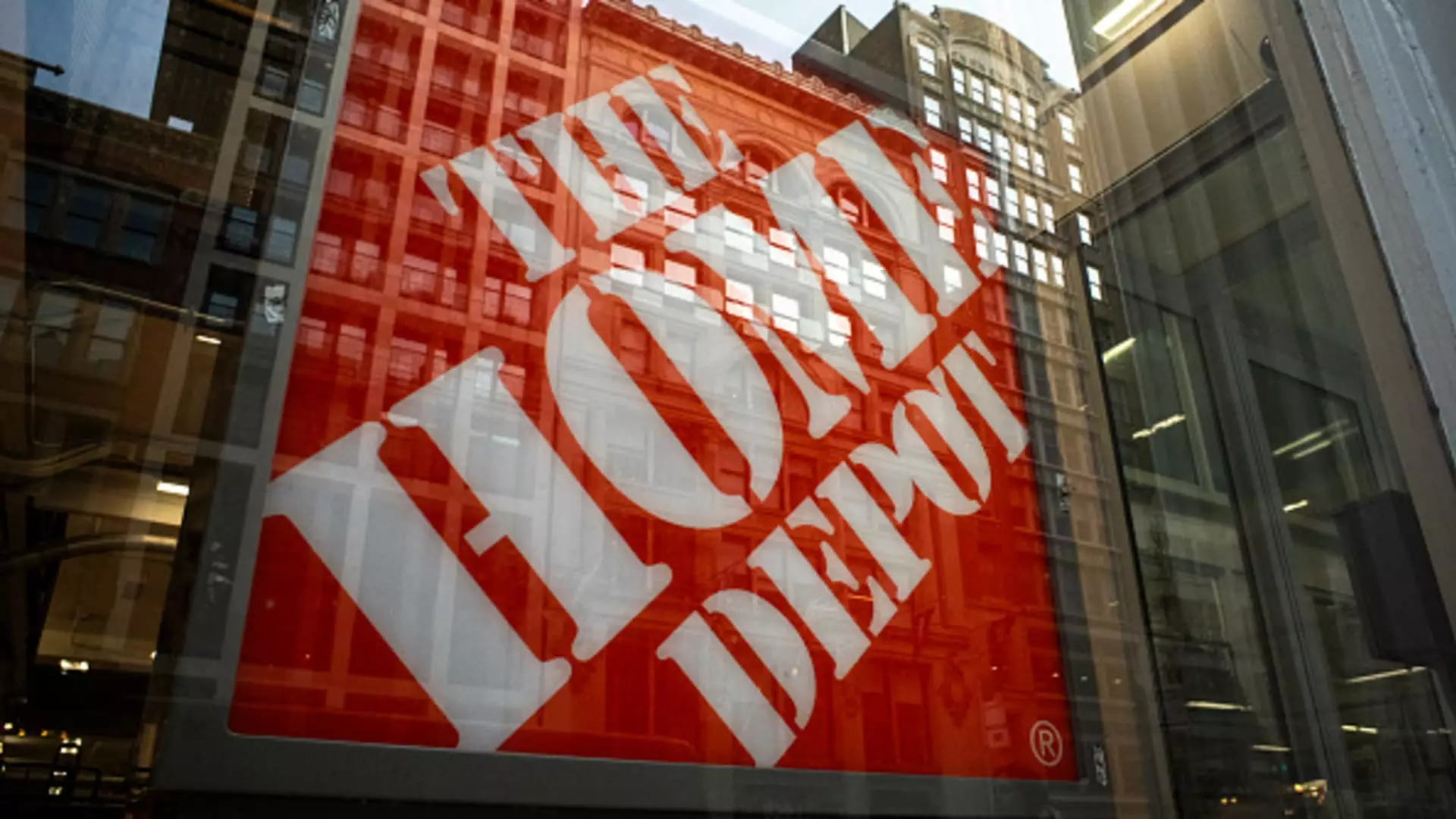In today’s volatile market landscape, biotech stocks like Viking Therapeutics serve as stark reminders of how swiftly investor optimism can evaporate. Viking’s 42% drop following a phase 2 trial underscores a sobering truth: groundbreaking potential is often hamstrung by unforeseen setbacks. Even with promising weight loss results, setbacks like adverse side effects can dismantle hopes earned through months of speculation. This highlights the peril of overinvesting in promising yet inherently risky sectors — the biotech industry, despite its allure, remains an unpredictable gamble. For the pragmatic investor, it’s vital to recognize that scientific breakthroughs may falter just as quickly as they spark enthusiasm. It’s a sobering reminder that patience and skepticism must go hand-in-hand, especially in sectors fraught with regulatory hurdles and scientific uncertainty.
Shifting Sands in the Tech Realm: Profits Over Promises
The recent profit-taking in giants like Nvidia, AMD, and Palantir reveals a fundamental truth about tech-heavy portfolios: exuberance has limits. When seemingly unstoppable growth is met with a pullback— Nvidia falling nearly 3%, AMD close to 5% — it signals a market that’s reassessing valuation models amidst rising inflation, interest rate concerns, and geopolitical tensions. The quick decline isn’t merely a correction; it’s an awakening about the overheated nature of tech stocks that soared during the pandemic era. Investors need to understand that margins of safety are shrinking, and the capacity for these stocks to sustain their recent gains diminishes as profit-taking intensifies. The lesson: in a market increasingly driven by macroeconomic factors, the old adage about “buying the dip” requires renewed scrutiny. Overconfidence in these tech behemoths can lead to substantial losses if one isn’t vigilant.
Crypto’s Volatile Pulse and the Illusion of Security
Crypto stocks like Strategy and Robinhood, along with miners Mara and Riot, illustrate the peril of chasing digital asset surrogates in uncertain times. The more bitcoin pulls back— down over 2% — the more these stocks tumble en masse. It’s a reflection of how intertwined these markets have become: a decentralized currency’s fluctuations ripple through to related investments, exposing widespread vulnerability. This interconnectedness often lulls investors into a false sense of security, ignoring the fundamentally speculative nature of crypto assets and their derivatives. A cautious approach must be adopted here: the soaring gains of recent years mask an underlying fragility, risking significant losses for those who buy into the hype without understanding the underlying volatility.
Resilience Amid Uncertainty: Traditional Sectors Adapt
Despite turbulence in emerging sectors, established industries like health insurance and retail demonstrate resilience, yet not without caution. UnitedHealth’s modest decline of over 2% follows Warren Buffett’s stake revelation — a reminder that even blue-chip stocks can be subject to swings based on sentiment and broader market fluctuations. Similarly, Best Buy’s 3% rise in response to its marketplace expansion signals the importance of innovation even in mature sectors, showing that adaptability remains key. Home Depot’s slight miss on earnings but steady outlook exemplifies a fundamental principle: long-term success often hinges less on quarterly results than on strategic positioning and brand strength. For the prudent investor, these narratives underscore the importance of balancing growth with stability, especially when markets exhibit signs of fatigue or profit-taking.
International Dynamics and Strategic Movements
Xpeng’s robust 5% jump indicates that international markets, especially China’s EV sector, remain a fertile ground for growth despite global uncertainties. Meanwhile, the impending merger between Nexstar Media and Tegna, valued at $3.54 billion, exemplifies how strategic consolidations continue to shape the media landscape. Such deals reflect a broader recognition that scale and diversification are vital for survival amid accelerating technological and competitive pressures. Investors would do well to monitor these strategic shifts, understanding that global supply chains, regulatory environments, and political influences heavily influence the trajectory of such deals. The market’s capacity to adapt through mergers and innovation remains a testament to resilience but also introduces new layers of complexity and risk.
Market Fluctuations as a Call for Savvy Investing
In this environment, one lesson is painfully clear: the market’s unpredictability demands rigorous discipline and an unwavering focus on fundamentals. Whether it’s a tech correction, a biotech setback, or geopolitical shifts impacting international companies, investors must scrutinize each opportunity beyond headlines. Blind faith in “sure bets” or recent momentum is a fast lane to significant losses. Instead, a robust strategy involves balancing risk and reward, emphasizing companies with strong cash flows, prudent management, and sustainable growth prospects. As broader macroeconomic factors tighten liquidity and increase volatility, investors must recalibrate their expectations and be prepared for the harsh realities of today’s complex markets.
In essence, the current market climate is a visceral reminder: opportunities abound but not without peril. Navigating these treacherous waters requires more than confidence or optimism; it demands critical analysis, disciplined risk management, and an awareness that resilience often hinges on recognizing when the game has changed.

